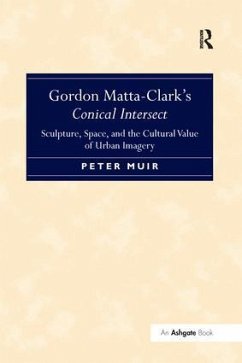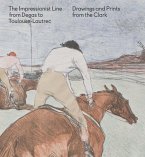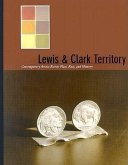In this in-depth analysis, Peter Muir argues that Gordon Matta-Clark's Conical Intersect (1975) is emblematic of Henri Lefebvre's understanding of art's function in relation to urban space. By engaging with Lefebvre's theory in conjunction with the perspectives of other writers, such as Michel de Certeau, Jacques Derrida, and George Bataille, the book elicits a story that presents the artwork's significance, origins and legacies. Muir argues that Conical Intersect is much more than an 'artistic hole.' Due to its location at Plateau Beaubourg in Paris, it is simultaneously an object of art and an instrument of social critique.








